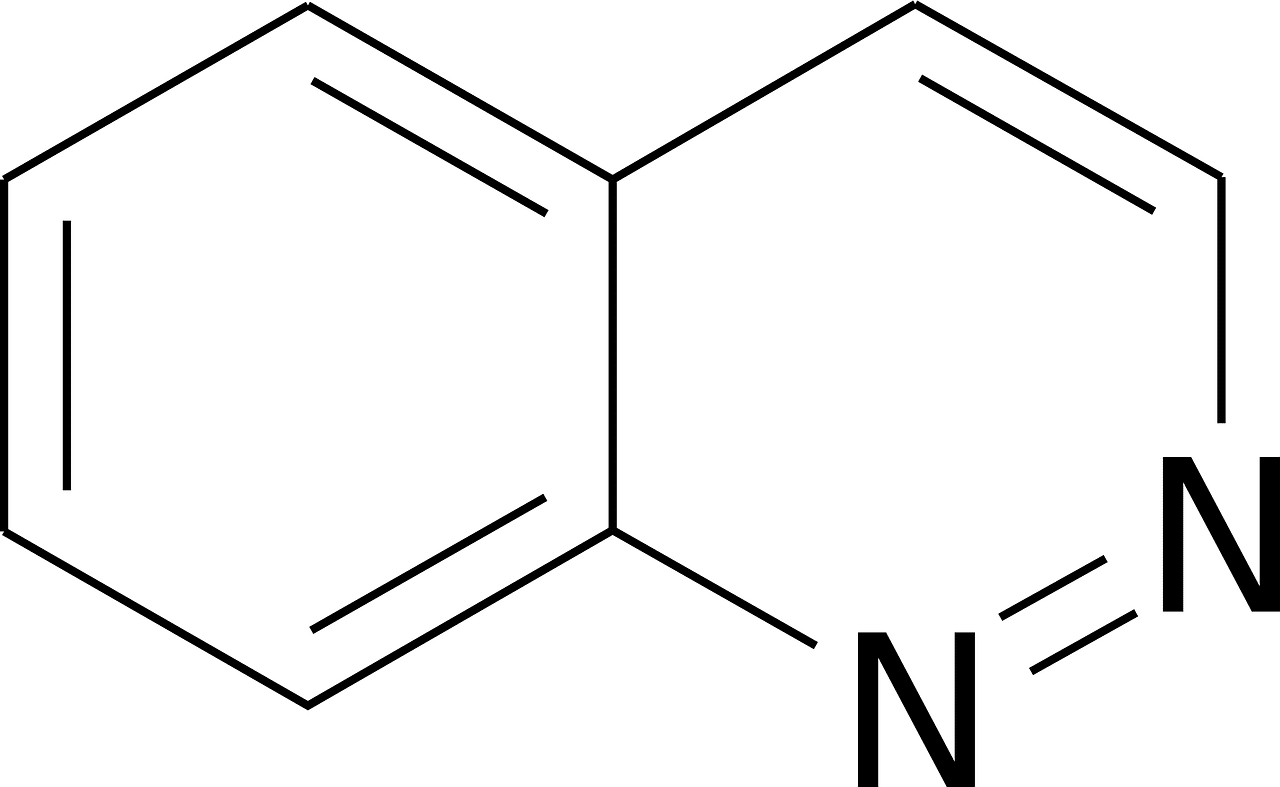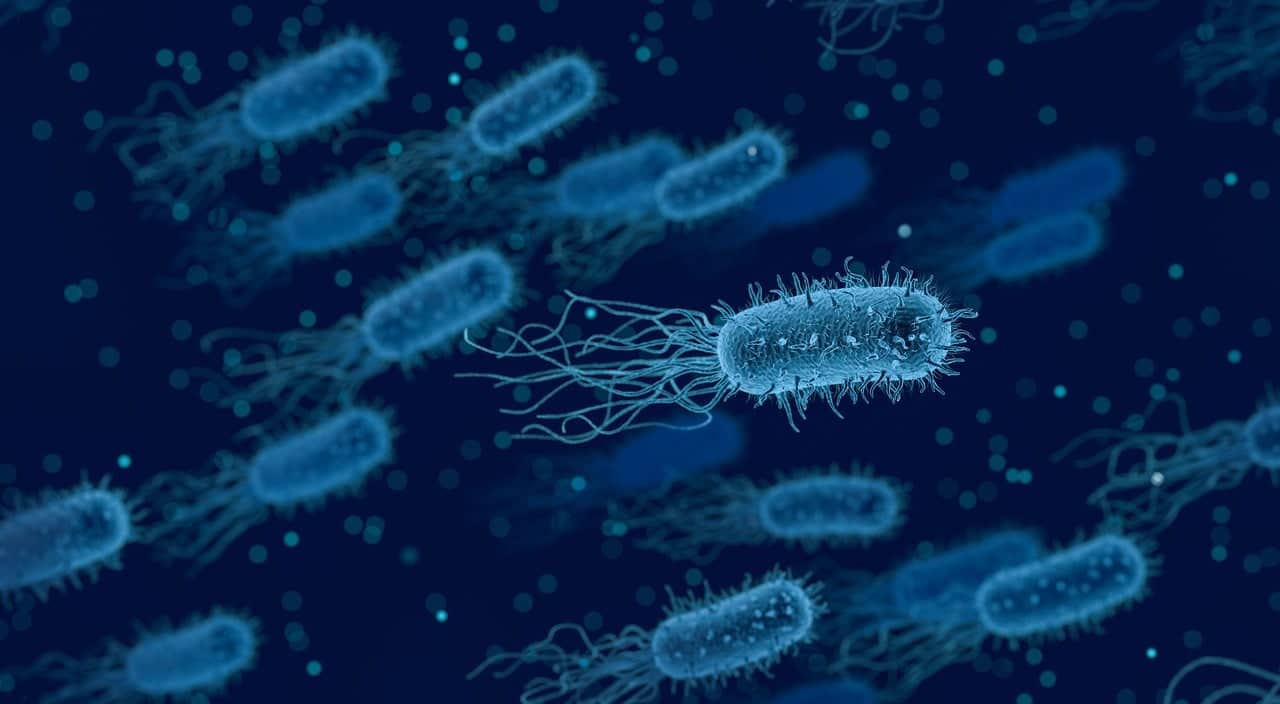
The nitrogen cycle is a biogeochemical cycle .
The nitrogen cycle is the set of processes that this chemical element goes through while it circulates through the biosphere. The circuit causes the nitrogen to take different forms along its path.
It must be considered that the nitrogen cycle is essential for balance to exist on Earth . In fact, living beings can only absorb nitrogen - essential for life since it is needed for the synthesis of DNA, proteins and amino acids - through the intervention of bacteria and plants .
Before moving forward, it is important to analyze several concepts. Nitrogen , symbol N , is a chemical element that under normal conditions of temperature and pressure occurs as a gas. It is the main component of the Earth's atmosphere , constituting approximately 78% of its volume.
The biosphere , meanwhile, is the system that develops with all the living organisms on the planet, taking into account their interactions and the relationships they establish with the environment.
Development of the nitrogen cycle
The development of the nitrogen cycle is carried out in various stages that include biological, chemical and physical procedures. It must be emphasized that the nitrogen that is present in the air in a gaseous state (whose molecules have two nitrogen atoms and is known as dinitrogen , molecular nitrogen or atmospheric nitrogen ) cannot be absorbed by people or animals, therefore which transformations driven by this cycle are needed.
Primary production through chemosynthesis or photosynthesis, as well as the decomposition of organic matter, are made possible by the nitrogen cycle. It cannot be failed to mention that the course of events can be affected by anthropogenic (man-made) reasons ,
The fixation
Fixation is a key stage of the nitrogen cycle. This is the name given to the process that allows molecular nitrogen to be combined with hydrogen or oxygen to obtain ammonium or oxides that living organisms can use.
This fixation can be achieved in two ways. The biological fixation of nitrogen is carried out by prokaryotic bacteria mentioned as diazotrophs , organisms that manage to reduce nitrogen to ammonium. This reaction has ammonia or ammonia as a direct product, but ionization results in ammonium .
Leguminous plants, such as alfalfa, soybeans, beans, and peas, have root nodules where bacteria called rhizobia live. The nitrogen compounds produced by these microorganisms are essential in plant growth and contribute to soil fertilization.
Actinorrhizic plants and some grasses can also establish associations with nitrogen-fixing bacteria . Corn, wheat, rice and sugar cane are some of these species.
Abiotic nitrogen fixation , on the other hand, is the consequence of natural reactions caused by lightning from electrical storms that cause oxidation . Then water precipitation (i.e. rain) washes away the compounds.
It is estimated that the fixation adds about 250 million tons annually to the biosphere. More than half of these tons come from biological nitrogen fixation.

Nitrifying bacteria and denitrifying bacteria are involved in the nitrogen cycle.
The food chain in the nitrogen cycle
The food chain plays a very important role in the nitrogen cycle. Once nitrogen reaches the plants, it is incorporated by herbivorous animals when they feed on the plants.
Carnivores, in turn, access nitrogen by eating herbivorous species. In this way, nitrogen spreads through the different links of the food pyramid .
At this point, the animals expel excess nitrogen through urine (which contains urea , a nitrogenous product derived from the conversion of ammonia); In this way, the nitrogen returns to the soil and the cycle can continue.
It should be noted that ammonification is the transformation of nitrogen into ammonium ion. This chemical transformation occurs after the absorption of nitrogen by animals and has to do with the disposal of this chemical element or with the decomposition of the specimens when they die.

Nitrates produced in the nitrogen cycle can be stored in humus.
From nitrification to denitrification
When oxygen causes the oxidation of ammonium, nitrite is obtained. This process is called nitrification . Nitrites are also oxidized to produce nitrates .
Specifically, nitrification encompasses nitritation (ammonium is split to form nitrite) and nitration (nitrate is generated from nitrite). Both processes are carried out by bacteria.
This is key in the nitrogen cycle, since nitrification allows plants to take advantage of nitric nitrogen . Nitrates, however, can also return to the atmosphere from leaching (if they dissolve in water) or denitrification (nitrate is reduced to nitrogen gas).
Negative actions on the nitrogen cycle
Human beings carry out various operations that are negative for the development of the nitrogen cycle . This is because certain activities modify the natural level of nitrogen.
The use of fossil fuels, excessive fertilization with artificial nitrogen fertilizers, the release of nitrogen through wastewater treatment and the felling of trees are some of the actions that alter the nitrogen cycle and ecosystems .
